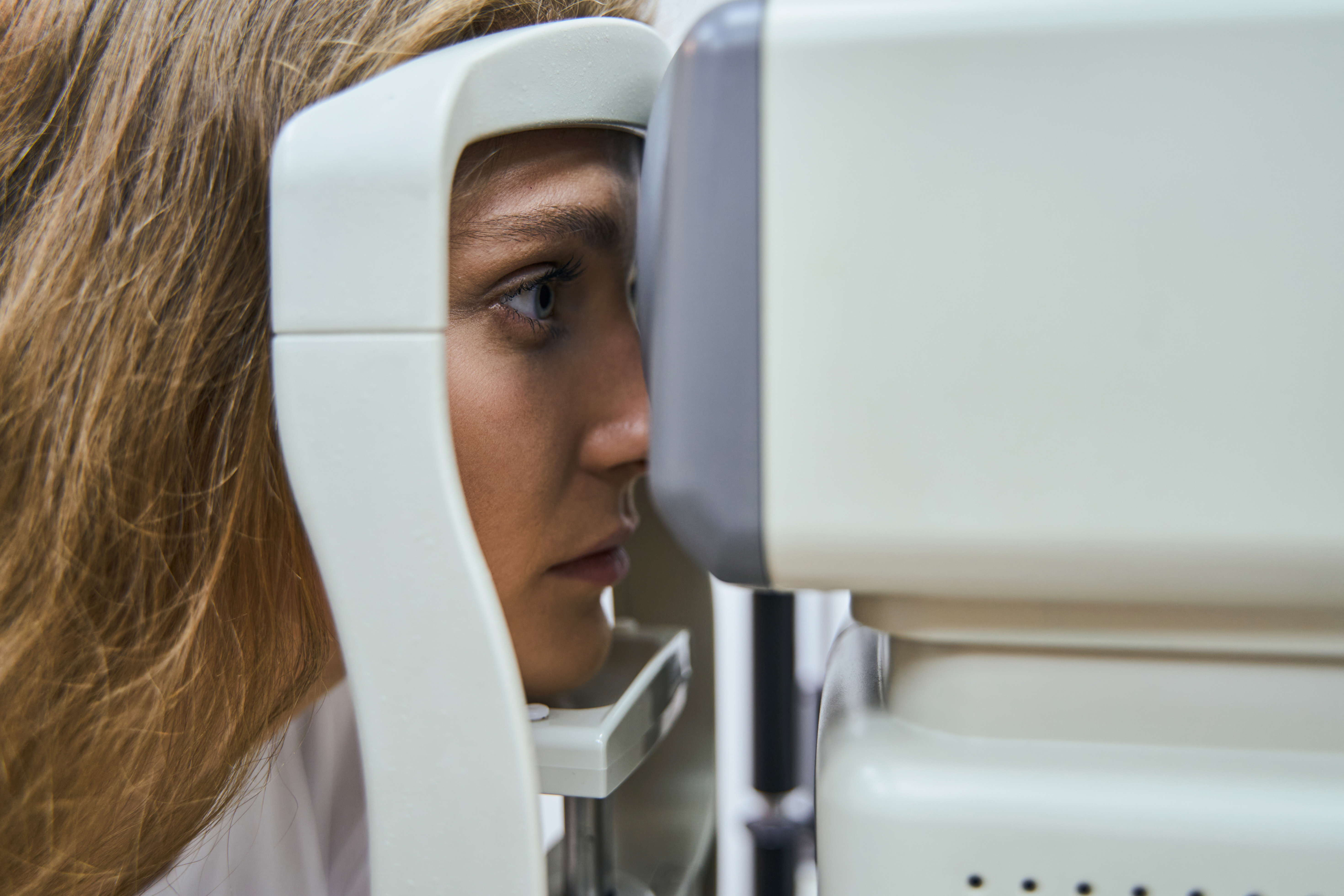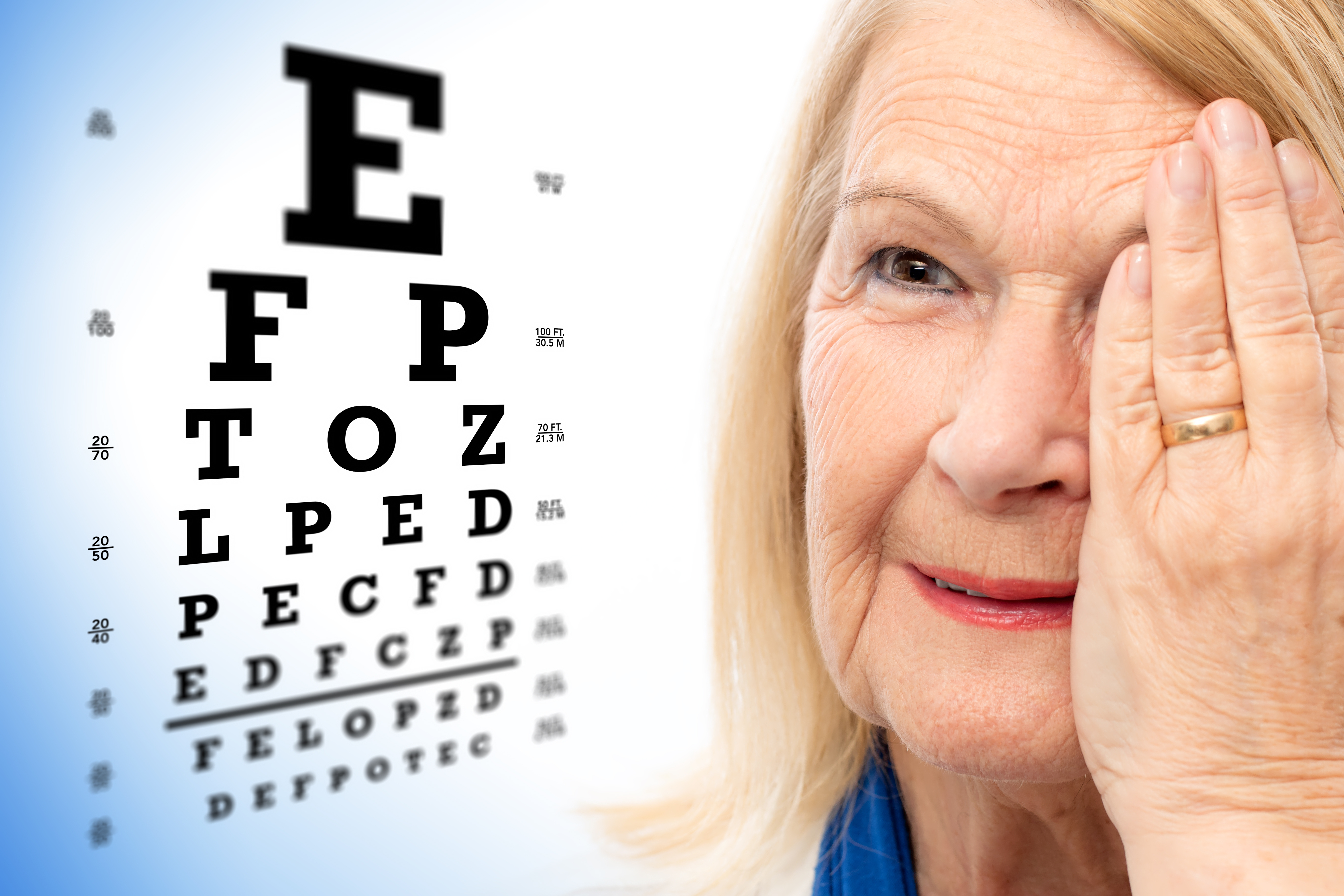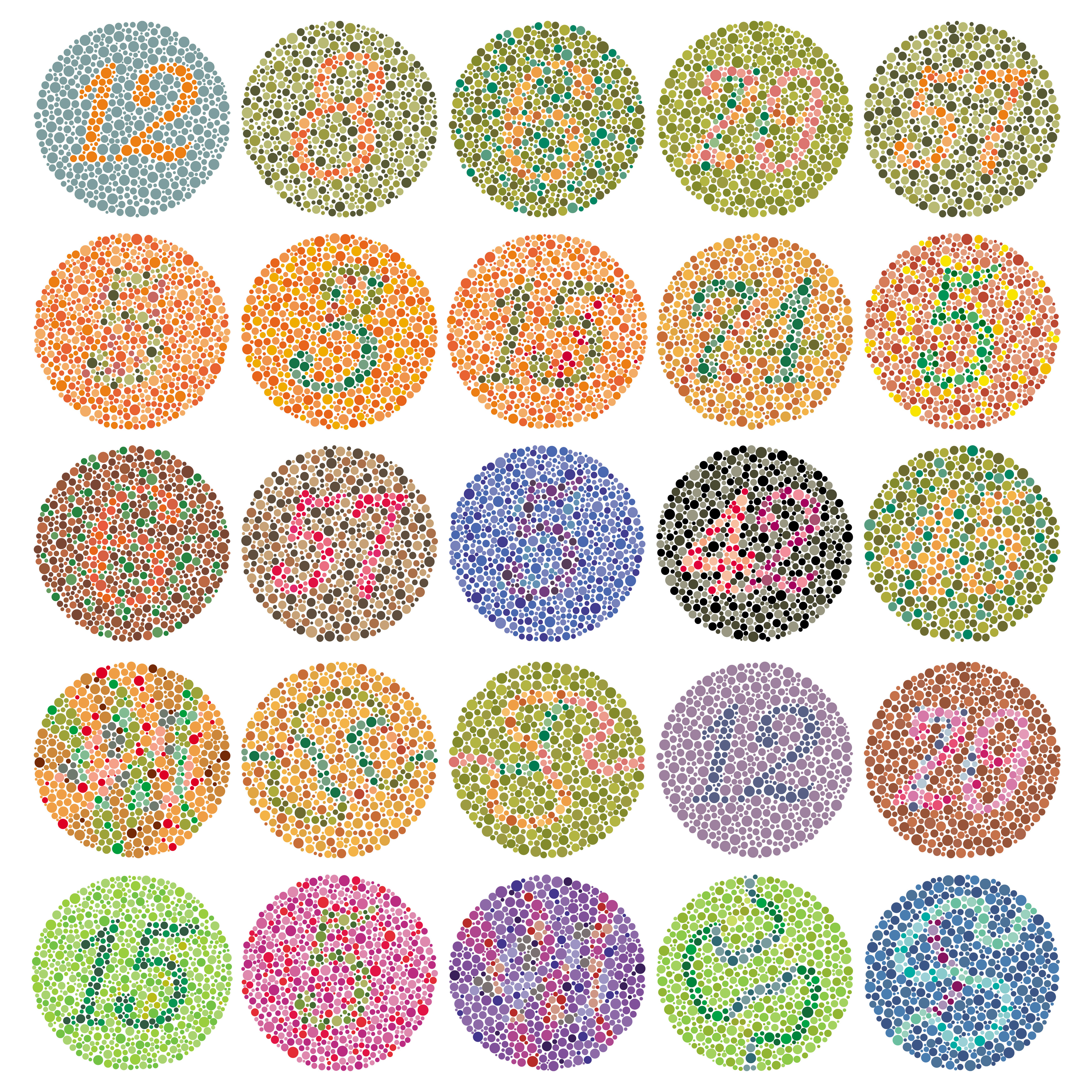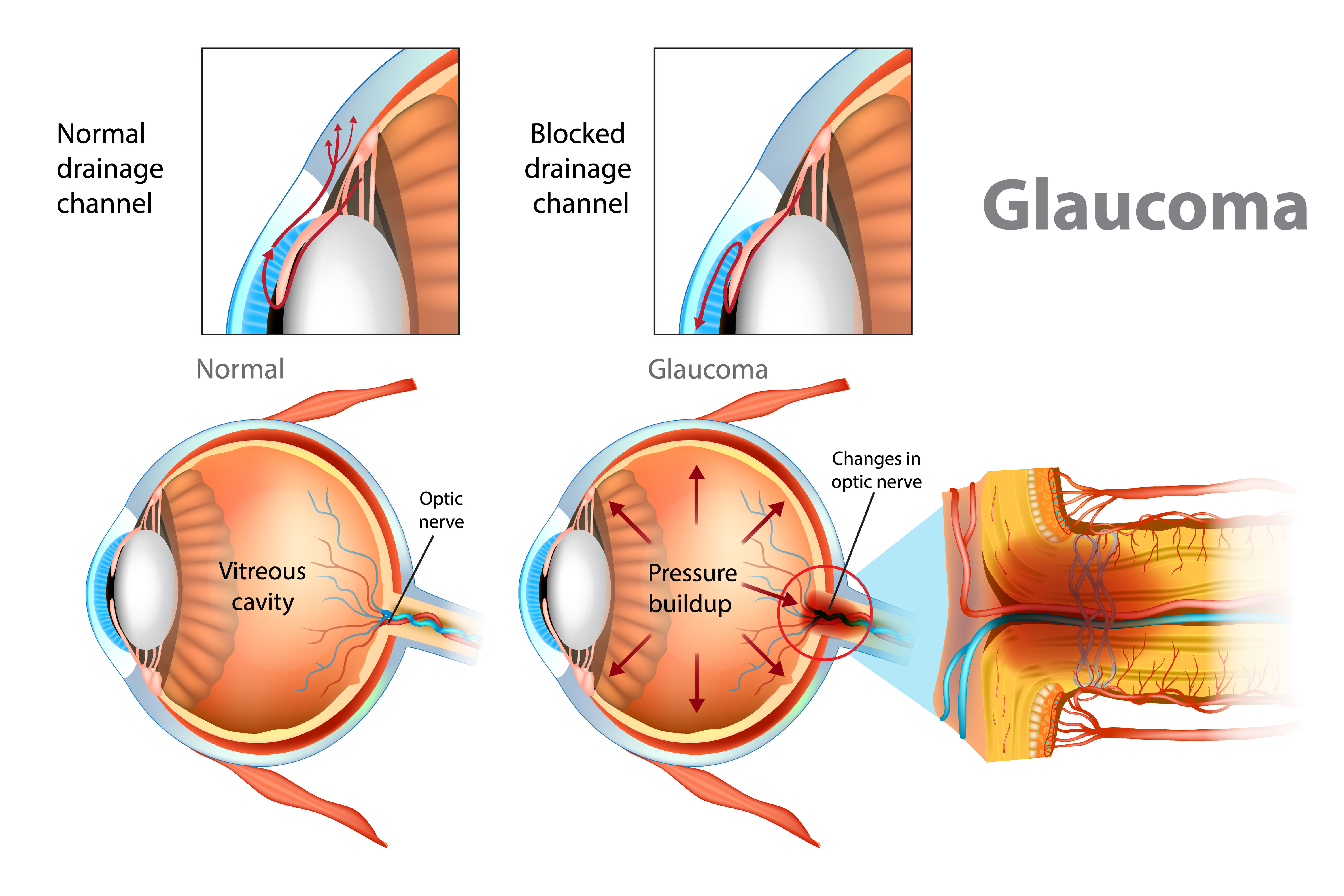What is a comprehensive eye exam?
A comprehensive eye exam is exactly what it sounds like it would be; A full spectrum eye exam where every aspect of your vision and overall eye health is inspected.

Here at Havera Eyecare Specialists we always take special considerations into account to provide tailored care, however, here are a few examples of tests you can expect:
Auto-Refractor:
We start with taking an auto refractor reading of your eyes to evaluate your prescription and get a rough estimate of any changes that may have occurred in your vision. If it is your first eye exam, this test is done to get a baseline reading of what prescription you may need. In either case, these readings act as a starting place for the doctor in determining your prescription.

Another function of the auto-refractor is to take Keratometry readings, also referred to as K-readings. These are measurements of the curvature of the cornea, and assist with the fitting of contacts. They can also be used to help in diagnosing keratoconus, or the thinning and bulging of the center of the cornea.
Retinal Imaging:
The second test we like to do for every comprehensive exam is retinal imaging, where we capture a picture of the retina, or the back of the inside of the eye. This is where the optic nerve attaches to the eye, and is also where the macula resides. These images can help in diagnosing a plethora of diseases and ailments, including but not limited to: diabetes, high blood pressure, strokes, tumors, macular degeneration, and glaucoma.

As useful as these images are for finding signs of eye disease, unless specific conditions are met, insurances will not cover them. That is why this specific test is optional, and why it has a charge of $39 associated with it. Nevertheless, it is highly recommended even if you only choose to do it every other year or every few exams.
Visual Acuity:
Another test we do is acquiring your VA’s or Visual Acuities. This is the test during an eye exam most everyone is familiar with. It consists of covering one eye at a time and reading a chart positioned a specific distance away. This is where your 20/x visual acuity score is determined, which compares your vision to what the average person can see from 20 feet away.

Ishihara Test (Color blindness test):
Also known as the color-blindness test, viewing these specially designed circles made of dots and stating what number you can see allows us to ascertain your ability to see colors. Depending on which numbers you are able to see, this test allows us to determine if and what type of color-blindness you may have.

Stereopsis Test (Stereo Vision test):
Utilizing a polarizing filter over each eye and a set of images, this test allows us to determine how well your eyes work together to create a 3-D image. The spacing between our eyes allows the light they gather to be interpreted and stitched together by our brain to create a 3-D image. This process is important for tasks such as driving, where good depth-perception is imperative.

Tonometry test:
A tonometry test checks the pressure of the fluid within your eye, also known as your intraocular pressure or IOP. This is generally done either with a machine that puffs a burst of air onto the eye to measure this pressure, or with a tonometer. A tonometer can come in multiple forms, but perhaps the most handy is the tono-pen. This device, after numbing the eye, is pressed against the surface of the eye to measure the internal pressure. Monitoring this IOP can help with diagnosing Glaucoma.

Refraction:
A refraction is probably the second most recognizable test done during an eye exam. During this portion of the exam you sit behind a phoroptor, which is like a big pair of glasses with every possible prescription in it, and the doctor rotates the different lenses in front of your eyes while asking which lenses are best in order to determine what your eye-glass prescription should be.

Still have questions?
If you still have some un-answered questions about if we are able to provide a certain test you are needing, or for anything else eye-exam related that you may be wondering about, feel free to reach out to us using the information on the "Contact Us" page.
